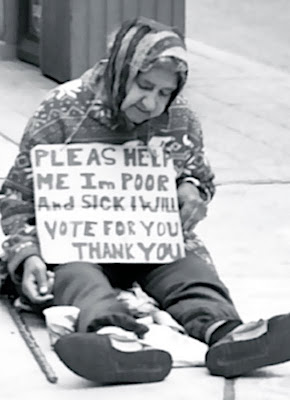 [click image]
[click image].
The emissions reductions included in the AOSIS proposal go far beyond what is currently on the table in Copenhagen. AOSIS calls for global emissions to peak "no later than 2015," which aligns with statements made by IPCC Chair Ranjendra Pachauri. But AOSIS then demands that the US and other developed nations cut emissions by 45 percent (compared to 1990 levels) by 2020. Furthermore, global emissions, including from large developing countries such as China and India, are to fall at least 85 percent by 2050..
Noting that Pachauri, NASA scientist James Hansen and other experts have endorsed reducing carbon dioxide levels to 350 parts per million as soon as possible, McKibben hailed the AOSIS proposal as "the first truly rational attempt to grapple with what the science of climate change tells us."
But the US, China and other big emitters are backing much smaller cuts. The EU has offered to cut its emissions by 20 percent from 1990 levels by 2020, and by 30 percent if other nations do the same. Japan has made a similar pledge, while the Obama administration, facing congressional resistance, has offered to cut by a mere 4 percent. China and India have said they will limit the growth of their emissions but that population growth and the need to fight poverty require absolute emissions to grow for years to come.






































































No comments:
Post a Comment
Note: Only a member of this blog may post a comment.